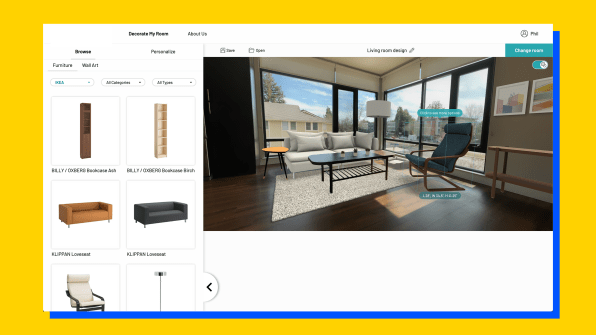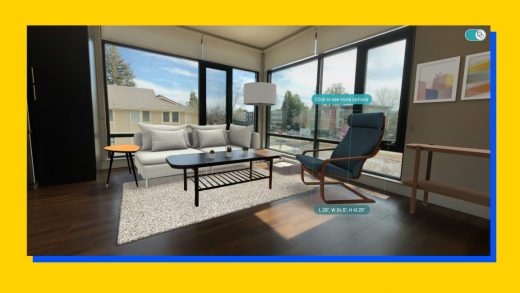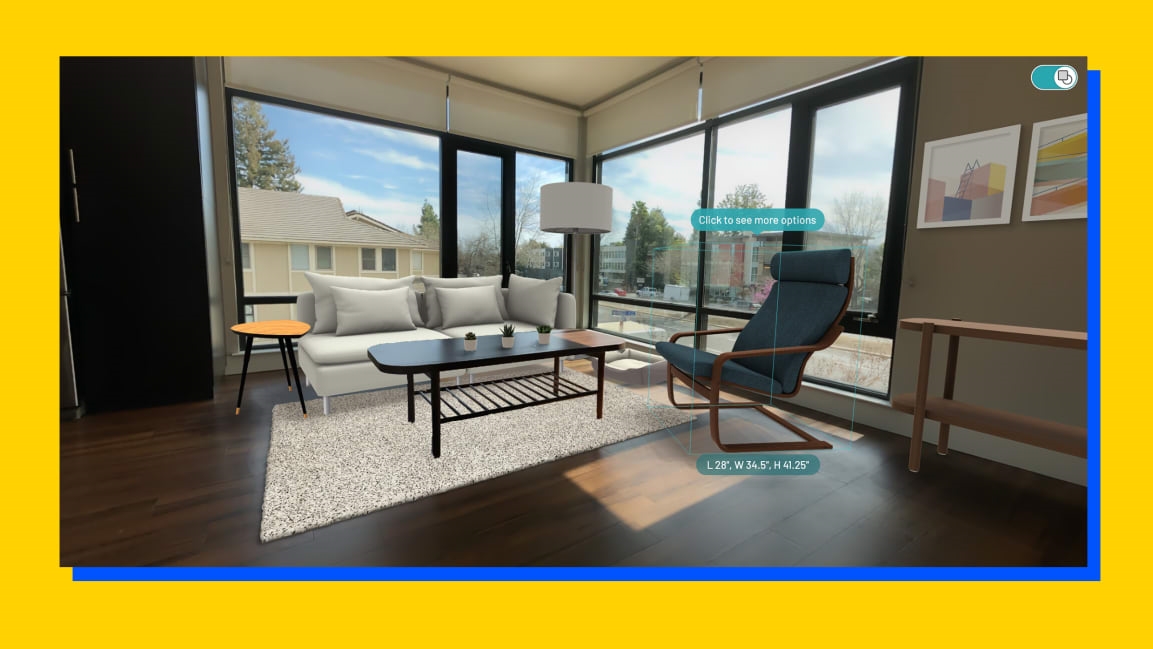Ikea’s new digital strategy engages users where they are: At home
This is probably the longest stretch of time many of us have spent uninterrupted at home—ever. The threat of COVID-19 has essentially grounded Americans, meaning people are engaging with their living spaces more than ever before.
Even before the pandemic, consumers were moving away from in-person shopping, and big-box stores have struggled to adjust. But Ikea is doubling down on its digital strategy to establish itself as more than just a suburban retail outlet—it wants to be a virtual one-stop shop for consumers’ design needs. This was already in the works before the spread of coronavirus, but the fact that everyone is stuck at home—and desperate to redesign their spaces—makes it even more timely.
“Everything is being accelerated so quickly. We directly reflect the reality of people and what [they] see inside [their homes],” says Barbara Martin Coppola, chief digital officer of Ingka Group, which is the primary franchiser and owner of Ikea. Since the start of mandated shelter-in-place efforts around the world, Ikea’s sales of desks, home organization tools, and kids’ products have gone up considerably. “Ikea has been invited to people’s homes for a very long time. It’s in this difficult moment that it’s especially important to be there.”

[Photo: Ikea]
Coppola was hired by Inkga Group two years ago to make the iconic brick-and-mortar store a digital powerhouse as well. Last month, the investment arm of Ingka Group officially acquired Geomagical Labs in an effort to boost its technological capabilities. Geomagical Labs is known for its advanced 3D and visual AI technology, which Ikea plans to integrate with its platform so customers can interactively design their own homes. All they’ll have to do is take a picture on their phone and upload it to the platform, which renders it in 3D, letting people swap old items out and new ones in. The feature will allow people to visualize Ikea products in their living spaces, and if it’s a fit, buy them on the spot—all within the app.
Though Coppola says the company is at least six months away from launching any of these features, Ikea has had some practice in the 3D imaging space: Earlier this year, it offered Russian customers the opportunity to customize and design their homes.

“As we are building a lot of new things we try to apply the values and the humanistic approach that Ikea has brought in the physical world and bring it to the digital world,” Coppola says.
Eventually, when shopping on Ikea’s app, customers will be able to digitally place new items into a photorealistic 3D representation of their home. They can see how an item affects the feng shui of their current furnishings, experiment with new styles, and make sure it’s all in budget before ever needing to commit. Down the line, Ikea’s work in AI could potentially be used to suggest items to customers in line with their preferences. “Ikea has 75 years of home designing knowledge . . . we can now put that knowledge in the hands of the people for free,” Coppola says.
(21)



